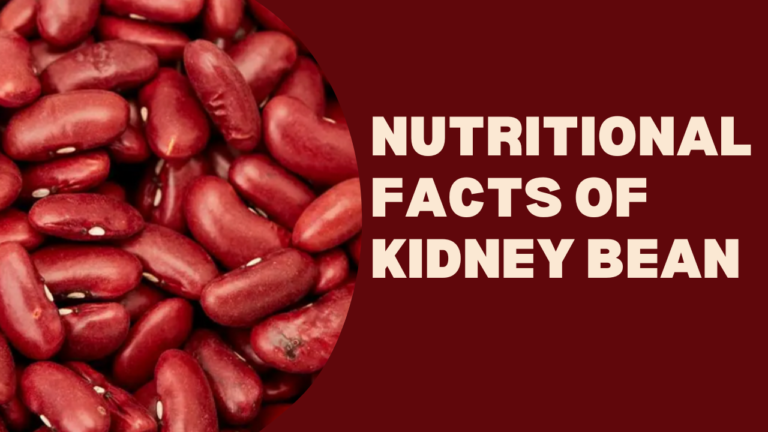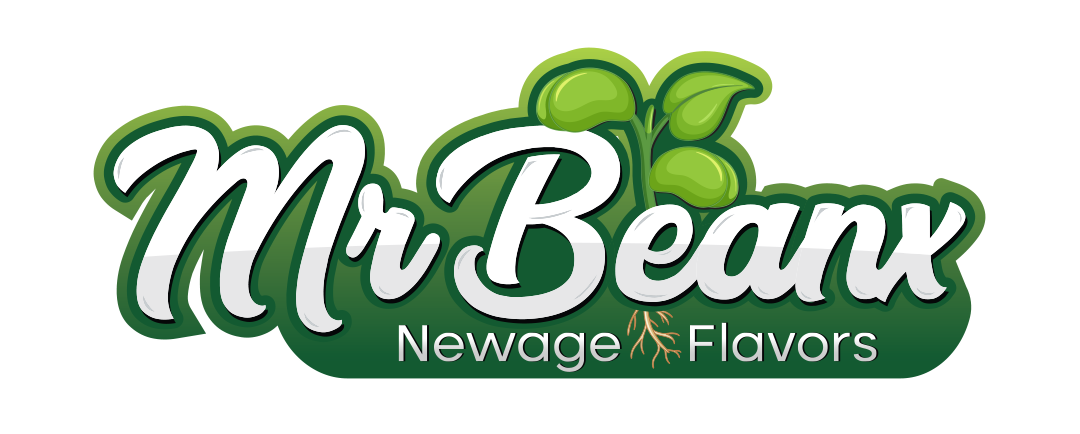Nutritional Facts of Kidney Beans

Although kidney beans mostly consist of carbohydrates and fibre, they are also a rich source of protein.
3.5 ounces (100 grammes) of boiling kidney beans have the following nutritional value:
- Calories: 127
- Water: 67%
- Protein: 7 grams
- Carbs: 8 grams
- Sugar: 3 grams
- Fiber: 4 grams
- Fat: 5 grams
Protein
1.Protein-rich kidney beans are available.
2.Nearly 9 grammes of protein, or 27% of the total amount of calories, are present in just 3.5 ounces (100 grammes) of boiling kidney beans.
3.Beans are an economical option for many people, despite the fact that the nutritional content of bean protein is often lower than that of animal protein.
4.In actuality, beans, frequently referred to as “poor man’s meat,” are one of the most abundant plant-based sources of protein.
5.Phaseolin, which may trigger allergic responses in certain people, is the protein in kidney beans that has been investigated the most.
6.In addition to lectins and protease inhibitors, kidney beans also contain additional proteins.
Carbs
1.The majority of the calories in kidney beans come from starchy carbohydrates, which make up around 72% of the overall calorie count.
2.The primary components of starch, amylose and amylopectin, are long chains of glucose.
3.Compared to most other dietary sources of starch, beans contain a comparatively high amylose content (30–40%). Amylopectin is more easily broken down than amylose.
4.Because of this, bean starch is a slow-release carbohydrate. Kidney beans are especially advantageous for patients with type 2 diabetes since they take longer to digest and create a lower and more steady rise in blood sugar than other carbohydrates.
5.The glycemic index (GI), a gauge of how meals impact the rise in blood sugar after a meal, places kidney beans at the absolute bottom of the list.
6.In actuality, bean starch is superior than many others in its ability to improve blood sugar balance.
Fibers
1.Kidney beans are high in fiber.
2.They contain a sizable quantity of resistant starch, which may aid with weight control.
3.Additionally, kidney beans contain insoluble fibres called alpha-galactosides, which in some persons might result in diarrhoea and flatulence.
4.Prebiotics include alpha-galactosidase and resistant starch. Prebiotics pass through your digestive system and into your colon, where they are fermented by good bacteria.
5.Short-chain fatty acids (SCFAs), including butyrate, acetate, and propionate, are created when these beneficial fibres are fermented. SCFAs may help to maintain colon health and lower your chance of developing colon cancer.
Vitamins And Minerals
Kidney beans are rich in various vitamins and minerals, including :
● Molybdenum. Molybdenum is a trace element that is largely found in seeds, grains, and legumes, and beans are rich in it.
● Folate. Folate, sometimes referred to as folic acid or vitamin B9, is thought to be especially crucial during pregnancy.
● Iron. This necessary mineral is necessary for numerous vital bodily processes.Because beans contain phytates, iron absorption from them may be subpar.
● Copper. The Western diet frequently contains little of this antioxidant trace element. The finest food sources of copper, outside beans, are organ meats, shellfish, and nuts.
● Manganese. The majority of foods contain this substance, particularly whole grains, legumes, fruits, and vegetables.
● Potassium.This necessary vitamin could be advantageous for heart health.
● Vitamin K1. Vitamin K1, sometimes called phylloquinone, is crucial for blood clotting.
Other Plant Compounds
Kidney beans contain many bioactive plant compounds, including:
● Isoflavones. Isoflavones are a group of antioxidants that are abundant in soybeans and are classified as phytoestrogens because of their resemblance to the female sex hormone estrogen.
● Anthocyanins. The skin of kidney beans contains this group of vibrant antioxidants. The pelargonidin anthocyanin is primarily responsible for the red colour of red kidney beans.
● Phytohaemagglutinin. Raw kidney beans, particularly red types, contain significant levels of this hazardous protein.You may get rid of it by cooking.
● Phytic acid.Phytic acid (phytate), which is present in all edible seeds, reduces your body’s ability to absorb certain elements including iron and zinc.By soaking, sprouting, or fermenting the beans, it can be decreased.
● Starch blockers. Starch blockers, a subclass of lectins often referred to as alpha-amylase inhibitors, slow down or prevent the absorption of carbohydrates from your digestive system but are rendered inactive by cooking.
Conclusion
One of the greatest sources of plant-based protein is kidney beans. Furthermore, they are abundant in beneficial fibres, which support intestinal health and help to control blood sugar levels. Several vitamins and minerals, including molybdenum, folate, iron, copper, manganese, potassium, and vitamin K1, are abundant in kidney beans.
